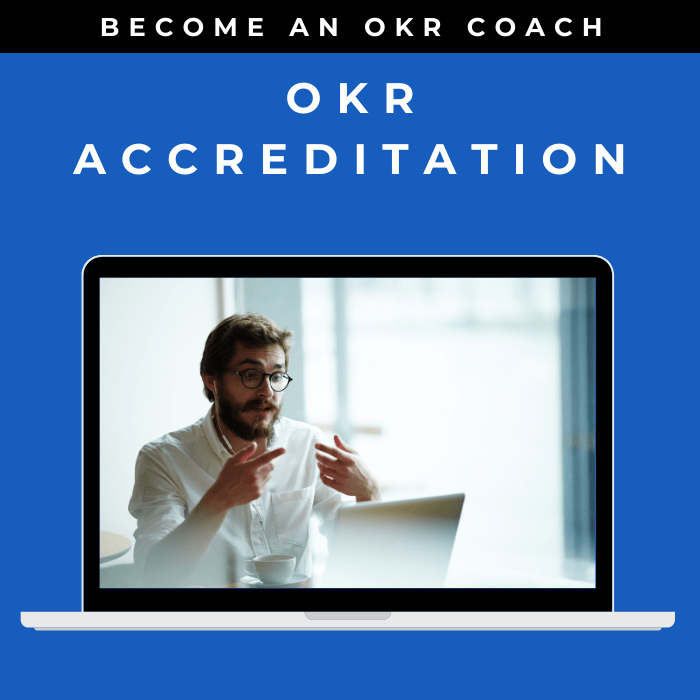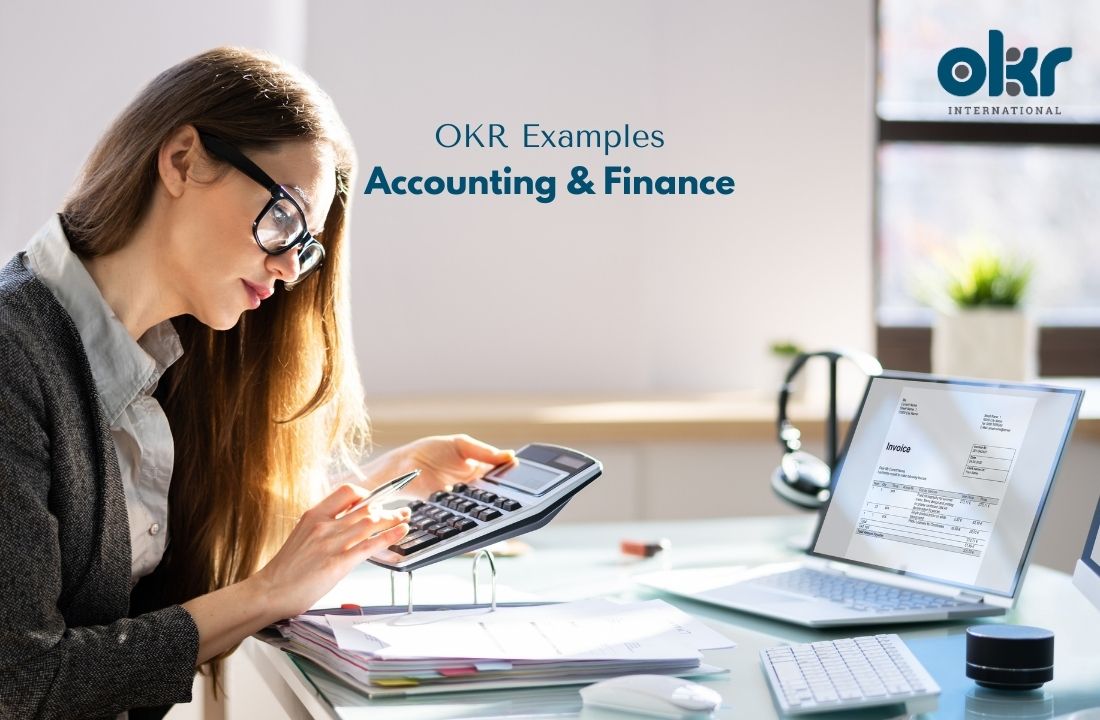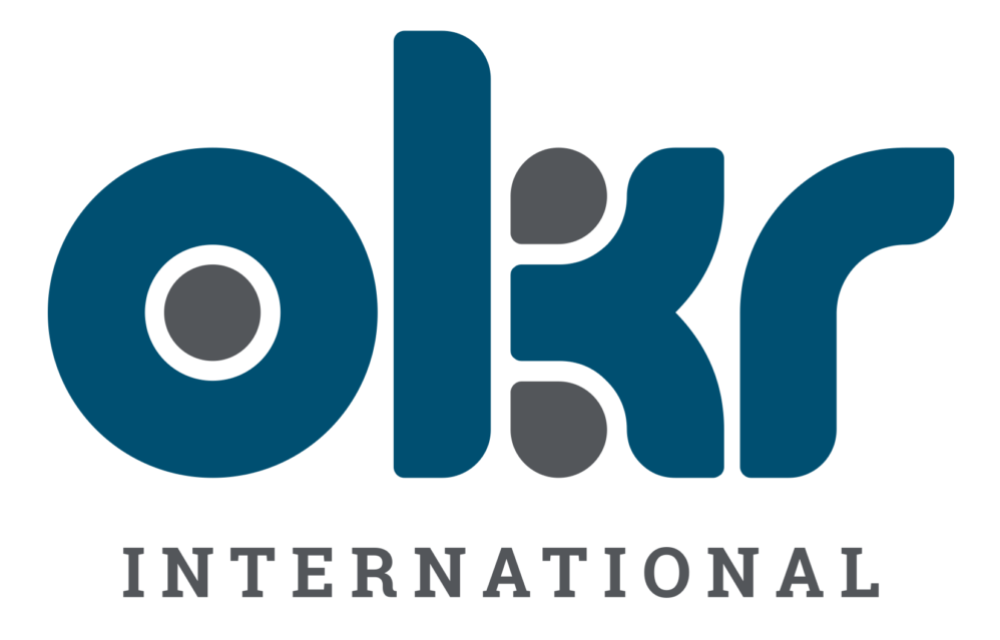10 Transformative OKR Examples in Accounting & Finance
The accounting and finance functions play a critical role in ensuring the financial health and stability of an organization. Objectives and Key Results (OKRs) can be instrumental in driving performance and success in these areas. Here, we present ten significant OKR examples in accounting and finance, offering valuable insights for organizations aiming to excel in these functions and achieve their financial goals.
1. Enhancing Financial Reporting
Objective: Improve financial reporting accuracy and timeliness.
Key Results:
- Reduce the number of reporting errors by 30% in the next quarter.
- Achieve a 95% on-time completion rate for financial reports in the next fiscal year.
- Increase stakeholder satisfaction with financial reporting by 20% within the next six months.
2. Optimizing Cash Flow Management
Objective: Streamline cash flow management processes for improved liquidity.
Key Results:
- Reduce the average collection period by 10 days in the next year.
- Increase cash flow forecasting accuracy to within 5% of actuals on a quarterly basis.
- Achieve a 20% reduction in outstanding accounts receivable within the next six months.
3. Strengthening Internal Controls
Objective: Enhance internal control systems to mitigate risks and prevent fraud.
Key Results:
- Implement a comprehensive fraud prevention program by the next quarter.
- Conduct internal control audits in all departments and achieve a 100% compliance rate in the next fiscal year.
- Reduce the number of control deficiencies by 25% within the next six months.
4. Achieving Cost Efficiency
Objective: Identify and implement cost-saving measures for improved financial performance.
Key Results:
- Reduce operating expenses by 10% in the next year.
- Implement a cost optimization program in all departments within the next six months.
- Achieve a 5% reduction in procurement costs within the next quarter.
5. Enhancing Budgeting and Forecasting
Objective: Improve the accuracy and effectiveness of budgeting and forecasting processes.
Key Results:
- Increase forecast accuracy to within 95% of actuals on a quarterly basis.
- Implement a rolling budget approach for 70% better alignment with business objectives by the next year.
- Reduce the budget variance by 10% within the next six months.
6. Ensuring Regulatory Compliance
Objective: Maintain compliance with financial regulations and standards.
Key Results:
- Conduct regular compliance training for 100% of the finance team in the next quarter.
- Achieve a 100% pass rate on external financial audits in the next fiscal year.
- Implement 5 necessary changes to achieve full compliance with new accounting standards within the next six months.
7. Strengthening Financial Risk Management
Objective: Enhance financial risk management processes to mitigate potential risks.
Key Results:
- Identify and assess 5 key financial risks and develop mitigation strategies by the next quarter.
- Implement 1 robust enterprise risk management framework within the next year.
- Reduce the average risk severity rating by 20% within the next six months.
8. Improving Financial Analysis
Objective: Enhance financial analysis capabilities for better decision-making.
Key Results:
- Implement 5 advanced financial analysis tools and software within the next quarter.
- Increase the accuracy of financial forecasts by 15% within the next year.
- Achieve a 20% reduction in the time required to generate financial reports within the next six months.
9. Enhancing Stakeholder Communication
Objective: Improve communication with stakeholders regarding financial performance and strategies.
Key Results:
- Develop 1 comprehensive investor relations program within the next year.
- Conduct regular financial presentations to key stakeholders and achieve a 90% satisfaction rate within the next six months.
- Increase transparency in financial reporting by 80%, by implementing a dedicated investor portal within the next quarter.
10. Developing Financial Talent
Objective: Foster the growth and development of finance professionals.
Key Results:
- Implement 1 mentorship program for finance team members by the next quarter.
- Provide training on emerging financial trends and technologies to 80% of the team within the next year.
- Achieve a 90% employee satisfaction rate with career development initiatives within the next six months.
By adopting these OKR examples in accounting and finance, organizations can enhance their financial performance, strengthen internal controls, achieve cost efficiency, and ensure compliance with regulations. These strategic objectives and key results serve as guiding principles for organizations seeking to excel in their financial functions and drive long-term success.

When looking to set OKRs, it’s natural to want examples to ignite the thought process or simply compare yours to OKR Examples. Check out our compendium of OKR Examples here.
Explore Our Range of Services
Bring OKRs (Objectives and Key Results) to your organisation with our tried & tested OKR Framework.


OKR International’s highly acclaimed Certified OKR Practitioner Program is the first and only OKR accreditation endorsed by ICF & HRCI for continuing education units.
OKR International helps leaders create the alignment, engagement and result orientation needed for growth by offering OKR Advisory services.




